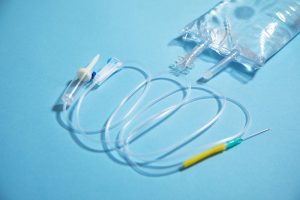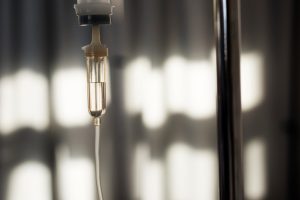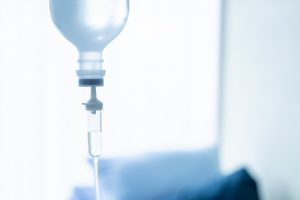The world of innovative therapies can become difficult to navigate with all the different options on the market. NAD therapy has become a sought-after solution that offers an array of wellness and health benefits. While its advantages are certainly appealing, patients are actively looking for ways to determine NAD IV therapy cost to evaluate their budget.
This article will focus on revealing the different aspects and pricing considerations associated with NAD IV therapy. It will discuss a variety of factors that affect the NAD+ therapy price tag and offer solutions for lessening the financial burden this therapy may pose.
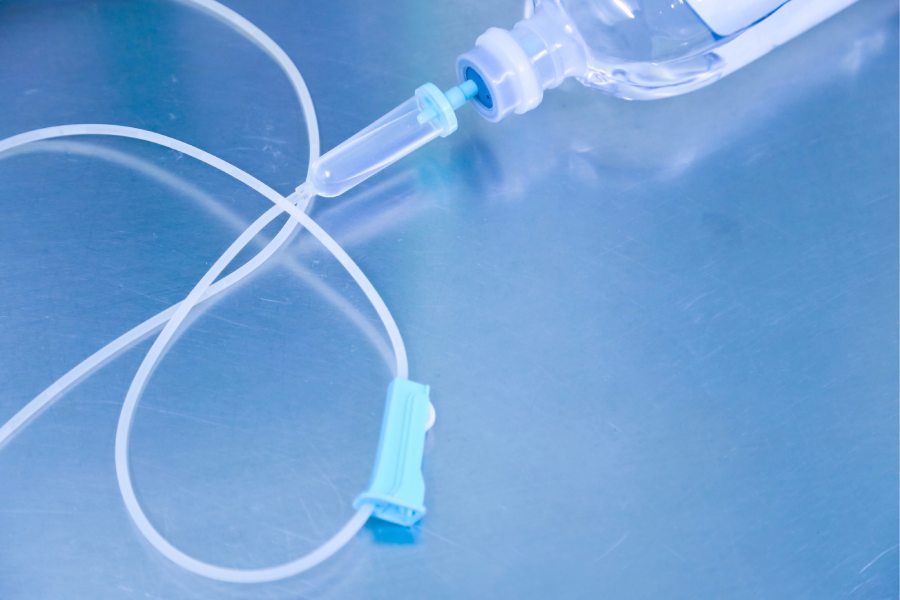
NAD IV Therapy Cost
Prices vary across regions, and those interested in this treatment will find that several factors may influence the price. However, if you are looking for a ballpark range on cost, you will find that, on average, NAD IV therapy may range from $200 to $1,000.
For instance, a single dose of 500 milligrams of NAD+ at The Drip IV Infusion is $450. Price-wise, this can be useful to individuals who reside in Arizona, but the associated cost in other locations is likely to differ. While the cost spectrum of NAD IV therapy is vast, patients in some areas are more likely to find affordable drip IV therapy.
NAD+ supplementation can be introduced to the body in various forms – orally, topically, nasally, and intravenously. Compared to other NAD+ treatments, NAD IV therapy is a unique consideration. This is mainly due to the way NAD+ is introduced into the body.
In terms of price, a bottle of NAD+ oral supplements may cost between $60 to $115, depending on the dose and brand. Compared to NAD+ IV therapy, oral supplements may appear more reasonably priced and even more convenient to use. However, these supplements have a greater resorption time and need more travel to reach the bloodstream.
The price of topical NAD+ creams may range between $100 to $150 or more based on the provider. Again, in comparison to NAD intravenous therapy, topical creams will be regarded as a more budget-friendly alternative, but customers should keep in mind that these may only bring certain benefits to the skin.
NAD IV benefits
Here are some of the potential NAD IV advantages that patients should have in mind when considering this treatment:
Anti-aging
Concerning aging, NAD+ has long been a topic of discussion. Several studies have explored its anti-aging benefits and found it might be helpful in boosting metabolism and energy, restoring muscle function, reducing inflammation, and more.
Mental wellbeing
Research also shows that NAD+ may be beneficial in improving cognitive function and offering brain cell regeneration. Other potential advantages of this treatment include increased memory and mental clarity.
Addiction recovery
One recent study shows that NAD+ may potentially lessen withdrawal and craving symptoms during addiction recovery. Although the literature is limited, this research suggests that NAD+ may decrease addictive behavior in cases of substance abuse. Other NAD+ studies point out that this treatment can lessen depression and anxiety symptoms.

Factors Affecting the Cost of NAD IV Therapy
Individuals interested in NAD therapy cost should know that several aspects shape the overall price. Here are some of the factors that have the biggest influence on the overall cost:
Type of clinic
The NAD IV therapy cost is likely higher in a private inpatient center compared to the cost of NAD+ in a public rehabilitation center. This is mainly due to the benefits the former facility has to offer.
These two institutions’ services vary greatly, as does their clientele. A NAD treatment center makes the NAD therapy price based on the type of benefits it offers. Private inpatient rehabilitation facilities have the highest average NAD+ cost. In contrast, the cost of NAD+ in public outpatient rehabilitation is considerably lower.
Location of the facility
The geographical location of the clinic is one of the most dominant factors in the cost. The NAD therapy cost within a region is determined by market demand, health infrastructure, and overall cost of living.
In general, clinics in rural areas tend to have lower costs than those in urban areas. Factors such as higher rent and bigger utility bills are usually what contribute most to the higher prices of NAD+ in urban areas.
Frequency of NAD IV therapy
How much does NAD IV therapy cost also depends on the treatment’s frequency and duration. This is entirely related to client needs.
For some, achieving their health goal might be possible with only one or two treatments. However, others might need long-term NAD+ treatment, which can bring a heavier financial burden. In the end, individual needs and desired effects will determine the overall NAD therapy cost.
NAD IV customization
NAD IV therapy can be tailored to address different needs. This is achieved by adding additional components such as specific vitamins, nutrients, or medications.
Individuals considering customized NAD IV should remember that while the add-ons may increase the treatment price, they are often necessary to achieve the desired effect. This is why booking a consultation before deciding on the type of NAD therapy might be beneficial.
Ways to Lower the Cost of NAD IV Therapy
Considering the cost of NAD+ drip therapy is crucial in deciding whether this treatment is a suitable option. As mentioned above, among other things, treatment frequency is what contributes most to a higher NAD+ cost.
Although a few NAD treatments might not pose a significant financial burden, patients needing a series of sessions may benefit by finding a way to reduce the overall cost.
Here are some financial considerations for patients limited by their budget:
Insurance coverage
If you’re wondering if NAD treatment is covered by insurance, generally, it is not. NAD therapy is considered an alternative treatment, which is why most insurance plans don’t offer reimbursement options.
Although the majority of mainstream insurance plans don’t cover the treatment cost, there are some exceptions to this general trend.
A small group of individuals might likely be entitled to NAD+ insurance coverage, but it’s worth checking it with the provider and discussing eligibility options. In these rare instances where NAD therapy is covered, it’s because healthcare providers recognize NAD+ as necessary in treating some specific condition.
Financing options and payment plans
While insurance coverage might be out of the picture, there are other options that potential patients might consider. Patients may explore options such as Flexible Spending Accounts (FSAs) or Health Savings Accounts (HSAs) to minimize out-of-pocket expenses. These accounts allow individuals to set aside money intended for health expenses without being subject to taxation.
According to some financial claims, these accounts might help individuals in the 20% tax bracket save up to 30% in taxes. However, for an individual to be eligible for these options, a medical provider needs to prescribe NAD therapy as a necessary treatment.
Discounts and promotions offered by providers
Another way to cut costs is by looking for discounts and promotions from health organizations that offer NAD treatment in your area. Using these limited offers is a good idea; however, driving to the clinic will likely affect your finances.
To limit potential spending, many patients opt for mobile IV therapy. Mobile services such as The Drip IV Infusion deliver service to your location (specifically, within Arizona). This eliminates the hassle of driving to the clinic and presents another opportunity to cheapen the NAD therapy cost.
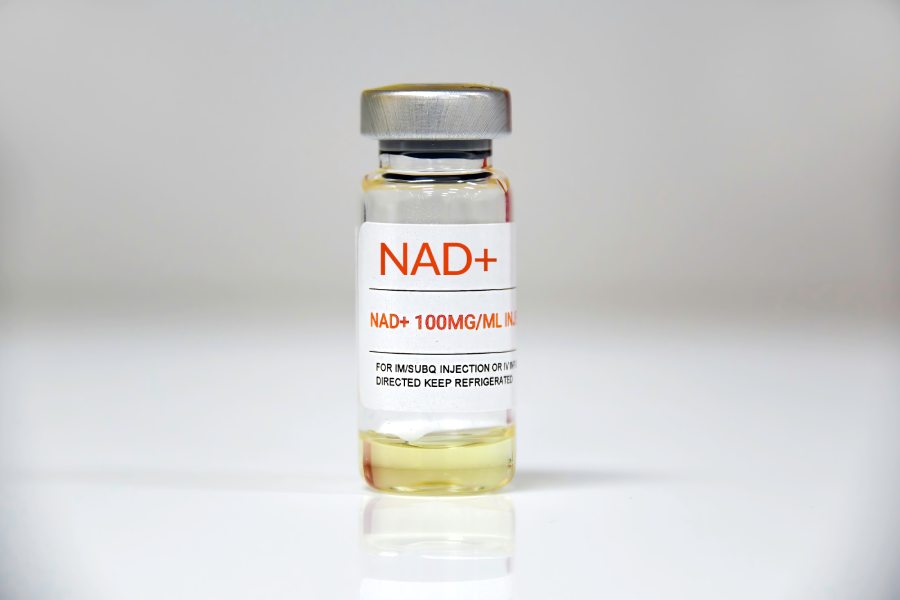
Conclusion
While NAD therapy is a promising solution, it remains important for potential clients to understand that the NAD IV therapy cost is influenced by factors such as type of institution and location.
Still, unique patient needs seem to have the biggest effect on the overall price tag of NAD IV therapy. Those looking at long-term personalized NAD IV therapy can expect greater expenses than others. On the bright side, patients explore flexible accounts or mobile IV therapy services to reduce costs.

